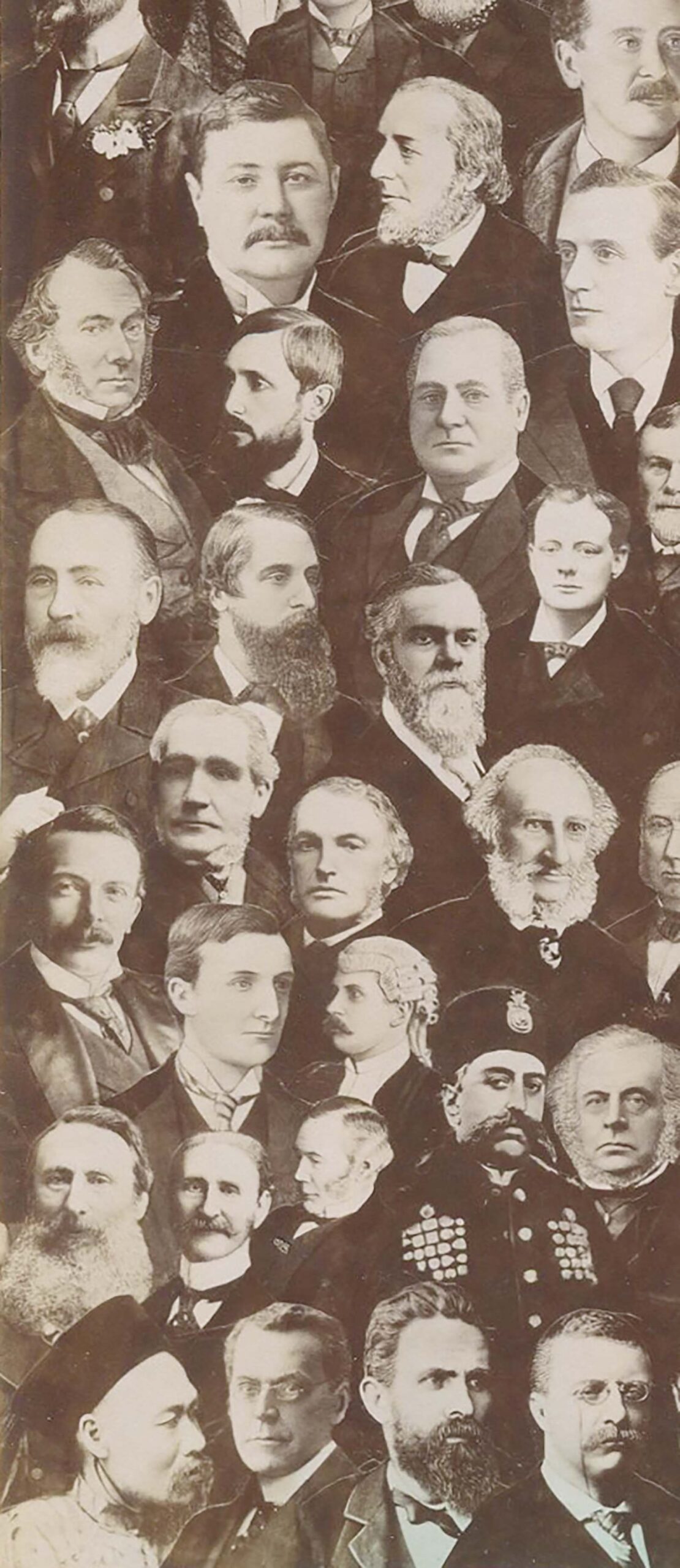
County’s Population Drops 7 Percent to 788 in 2020 Census
Preliminary figures released by the U.S. Census Bureau for the 2020 Census indicate that for the first time since 1960 — over 60 years ago — Hinsdale County actually declined in population.
Statistics released from last year’s Federal Census which was delayed by the COVID-19 Pandemic credit Hinsdale County with a seven percent decrease in population from the 2010 Census. Compared to April 1, 2010, when a total of 873 residents were enumerated in the county, on April 1, 2020, according to the Census Bureau, the number of residents county-wide dropped to 788.
The most recent census predictably concludes that 93.2 percent of the county’s population identified as white, with relatively minuscule 1.5 percent recorded as Black or African American, and 5.7 percent Hispanic or Latino.
The county’s population is 48.5 percent female and a large percentage of its residents — 31.5 percent — are age 65 or older.
Census figures indicate that 15 percent of the county’s population is under age 18, with 3.3 percent age five years and younger.
Census tabulations are not yet available for Town of Lake City. Over the past three censuses prior to 2020, the county seat town steadily increased in population, from 223 in 1990, 373 in 2000, and 408 in 2010.
According to the preliminary tabulations, the majority of the county’s neighboring counties held their own in terms of population last year compared to 2010 or increased, examples including Gunnison County which is up 10 percent, 15,324 in 2010, 16,918 in 2020, and a 20 percent climb in population for neighboring Mineral County which recorded a 12 percent increase from 2010 to 2020, 712 residents in April, 2010, now increased to 865 population county-wide as of April 1 last year.
San Juan County remained pretty much static, 699 residents in 2010 and a slight increase to 705 last year, and more dramatic increased for Ouray and Archuleta Counties, the tally for Ouray 2010/2020 being 4,436/4,874 and for Archuleta County 12,084 in 2010 climbing to 13,359 in 2020.
Hinsdale County has not seen a decline in population since 1960 when the county — then the least-populated of Colorado’s 63 counties — tabulated 208 residents and dropped to 202 by the April, 1970 census.
Since, 1970 and up to last year, however, the county’s population dramatically increased on a 10-year basis, jumping over 100 percent, from 202 in 1970 to 408 in 1980, with similar gains in succeeding censuses: 467 in 1990 and a notable 69 percent population increase, to 790, in 2000 and 843 residents who were enumerated in April, 2010.
Looking back in history, the largest number of Hinsdale County residents were counted during the boom years, 1880 and 1900, respectively 1,487 and 1,609. The county’s mining economy collapsed after 1900 and population figures followed a steady decline from 1910 until 1970: 646 residents in 1910, 538 1920, 449 1930, 349 1940, 263 1950, 208 1960, and the lowest population mark for the county, 202, in 1970.
The majority of counties in the state increased in population for last year’s census, particularly in the Urban Front Range communities extending from Fort Collins to Denver and from Denver to Colorado Springs and Pueblo.
The state’s population grew from 308,239,523 in 2010 to 331,449,281 in 2020. Last year’s census enumerated a total of 139,684,244 household units in the state; Colorado’s population is 50.8 percent female, 76.3 percent white, respondents to the survey identifying 13.4 percent Black or African American, and 18.5 percent state-wide Hispanic.
